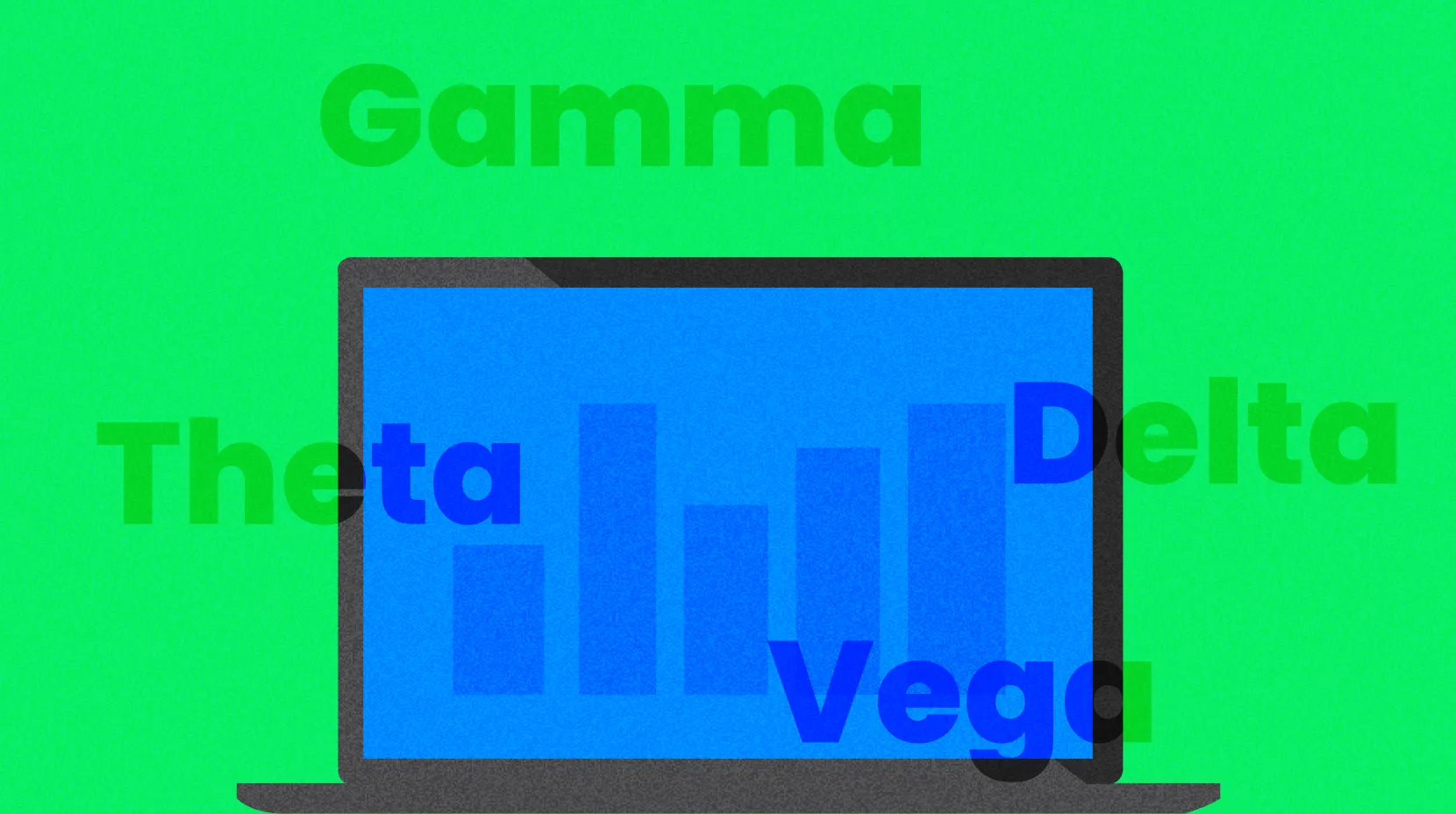Exploring Gate’s On-Chain Earning Products
This module provides a detailed look at Gate’s three main on-chain earning mechanisms: Staking Hub for PoS tokens, DeFi protocol lending, and liquidity mining. You’ll learn how each product works, what tokens are supported, how yields are generated, and the associated risks and redemption rules.
Staking Hub (PoS Projects)
The Staking Hub on Gate provides a simplified interface for users to participate in Proof of Stake (PoS) blockchain networks. In PoS systems, validators are selected based on the amount of cryptocurrency staked. Users who stake tokens contribute to network security and, in return, earn rewards. The more tokens staked and the longer they remain committed, the higher the potential return.
Normally, staking requires technical steps such as selecting a validator, managing bonding and unbonding periods, and claiming rewards. Gate removes this complexity by automating the process. Users choose from supported tokens—such as ETH, ADA, DOT, or ATOM—review the staking conditions, and stake directly from their account. Gate handles validator delegation and ensures automatic distribution of rewards.
Redemption timing varies by protocol. Many PoS networks implement an unbonding period, during which users must wait before they can access their assets after requesting withdrawal. Gate presents these timeframes clearly on the staking product pages so that users can plan their liquidity accordingly.
Staking is particularly well-suited to long-term holders who wish to earn yield on their assets while supporting the networks they believe in. It typically offers higher APYs than flexible Simple Earn products but also introduces token price risk and reduced liquidity during the lock-up period.
DeFi Protocol Integration
Gate also connects users to decentralized finance (DeFi) protocols, enabling passive income generation through lending activities. In DeFi systems, users supply tokens to lending pools where borrowers pay interest. The interest is distributed proportionally among liquidity providers, based on the share of the pool each user holds.
Interacting directly with DeFi protocols typically requires users to manage private wallets, pay gas fees, and understand complex smart contract interactions. Gate simplifies this experience by integrating protocols such as Aave V3 and Compound V3 directly into its On-Chain Earn platform. Users can subscribe to DeFi earning products with a few clicks, without the need for external wallets or manual transactions.
Returns in DeFi lending fluctuate depending on real-time borrowing demand. When demand rises, interest rates increase, offering higher returns to liquidity providers. Conversely, when demand is low, yields decline. Gate reflects these dynamics through real-time APY updates so that users can adjust their strategies accordingly.
The platform ensures only audited, established protocols are integrated and applies internal monitoring to detect performance issues. This approach minimizes the risks typically associated with interacting with external DeFi applications.
For users who seek moderate returns and flexible redemption options, DeFi lending offers a middle ground between staking and liquidity mining.
Liquidity Mining
Liquidity mining on Gate caters to users looking for higher potential returns and who are comfortable with increased risk. This earning method is more advanced and best suited for users with experience in managing asset price exposure and volatility.
Liquidity mining involves providing token pairs to decentralized exchange (DEX) liquidity pools. These pools support automated token swaps, and users who supply liquidity receive a portion of the trading fees. Gate facilitates this process by handling all technical execution. Users only need to select a product and commit their assets. Rewards are automatically distributed and may include additional incentive tokens like GT or AVAX.
One major risk in liquidity mining is impermanent loss, which occurs when the relative prices of the tokens in the pool change significantly. This can reduce the value of the liquidity provider’s position when they withdraw their assets. Gate presents this risk clearly and provides illustrative examples to help users understand potential outcomes before participating.
Before subscribing, users are encouraged to review APY estimates, bonus token opportunities, and redemption rules.
Where to Track Your Rewards
Gate provides a centralized system to track all On-Chain Earn activities. After subscribing to any earning product, users can view performance, asset allocation, and historical rewards directly through their Gate dashboard—available on both web and mobile platforms.
The dashboard displays key information such as token type, staked amount, estimated daily earnings, total yield accrued, and redemption status. These metrics are updated daily or in real time, depending on the product type. For example, staking rewards may appear on a fixed schedule, while DeFi yields can vary dynamically.
Each product page includes transparent calculations of yield and bonus rewards. Users can review APY changes, associated fees, and reward types directly within the interface. Bonus tokens earned from campaigns or liquidity incentives are also automatically deposited into the user’s account and can be tracked in the transaction history.
A dedicated “History” tab allows users to filter and export transaction records, including staking, lending, redemptions, and bonus distributions. This functionality is particularly useful for tax reporting and portfolio management. On the mobile app, similar features are accessible through the “Assets” tab under the “Earn” section.
By consolidating reward tracking into a single interface, Gate allows users to manage their on-chain income with transparency and control. Reviewing performance regularly enables better reallocation of funds and more informed earning decisions.


